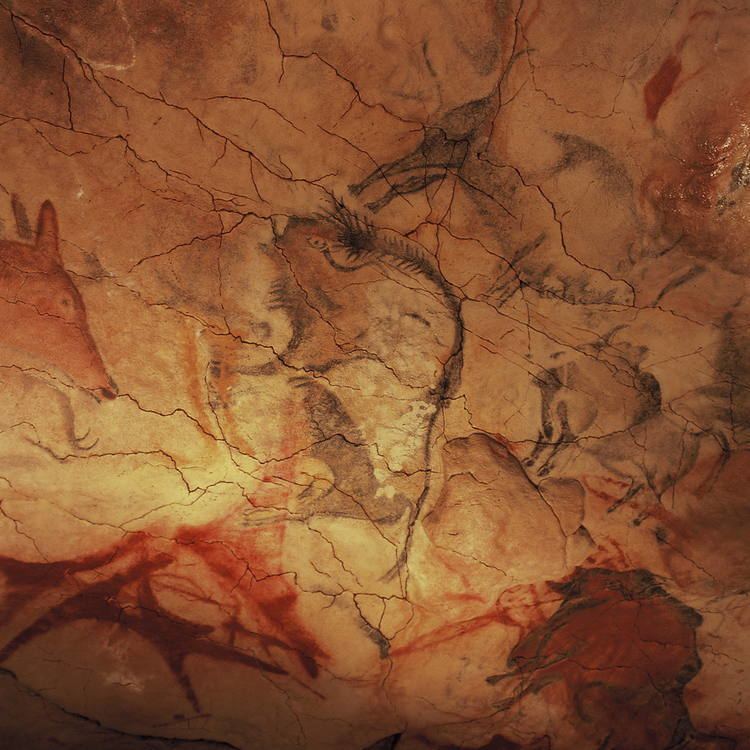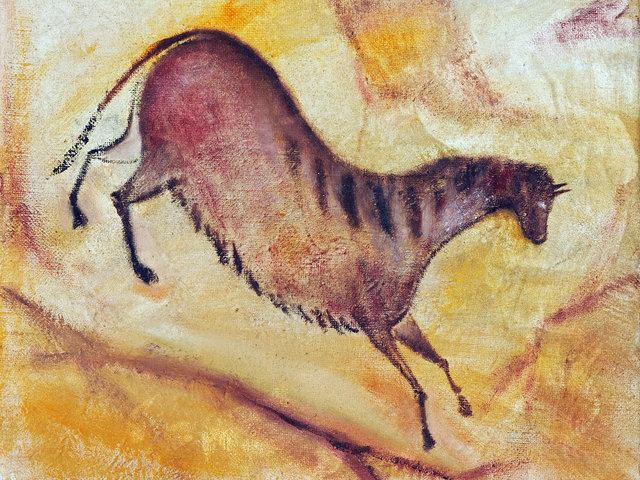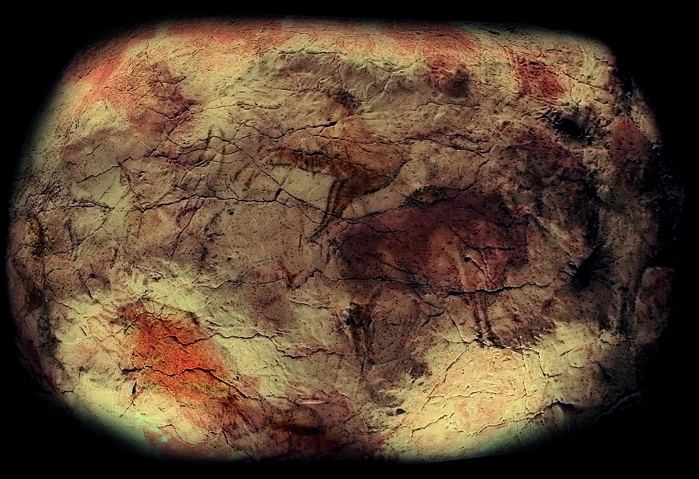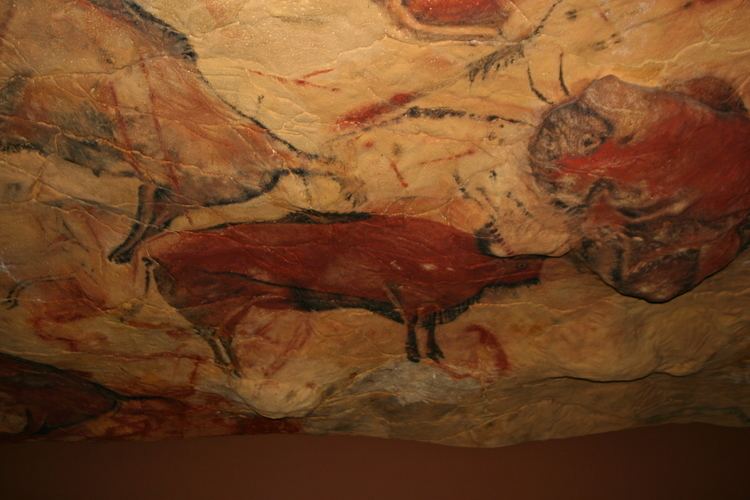Criteria i, iii Extensions 2008 UNESCO World Heritage Site inscription 1985 | Type Cultural Reference 310 Extension 2008 | |
 | ||
UNESCO region Europe and North America Similar Cave of Altamira, Chauvet Cave, Cave of El Castillo, Rock art of the Iberian Mediterra, Lascaux | ||
Cave of altamira and paleolithic cave art of northern unesco nhk
Cave of Altamira and Paleolithic Cave Art of Northern Spain is the name under which are grouped 18 caves located in different regions of northern Spain, which together represent the apogee of Paleolithic cave art in Europe between 35,000 and 11,000 B.C. They have been collectively designated a World Heritage Site.
Contents
- Cave of altamira and paleolithic cave art of northern unesco nhk
- Cave of Altamira
- 2008 extension
- Cantabria
- Asturias
- Basque Country
- References

Cave of Altamira

Chief among these caves is Altamira, located within the town of Santillana del Mar in Cantabria. It remains one of the most important painting cycles of prehistory, originating in the Magdalenian and Solutrean periods of the Upper Paleolithic. This cave's artistic style represents the Franco-cantabrian school, characterized by the realism of its figural representation. Altamira Cave was declared a World Heritage Site in 1985.
2008 extension

In 2008 the World Heritage Site was expanded to include 17 additional caves located in northern Spain, some of which contain prominent examples of Paleolithic rock art. These caves are located in three autonomous regions: Asturias, Cantabria and the Basque Country.
Cantabria
In addition to Altamira, nine caves are located in Cantabria:

Asturias
Five caves are located in Asturias, all situated in the Comarca de Oriente:

Basque Country
Three caves are located in the Basque Country, two in the province of Gipuzkoa and one in Bizkaia:
